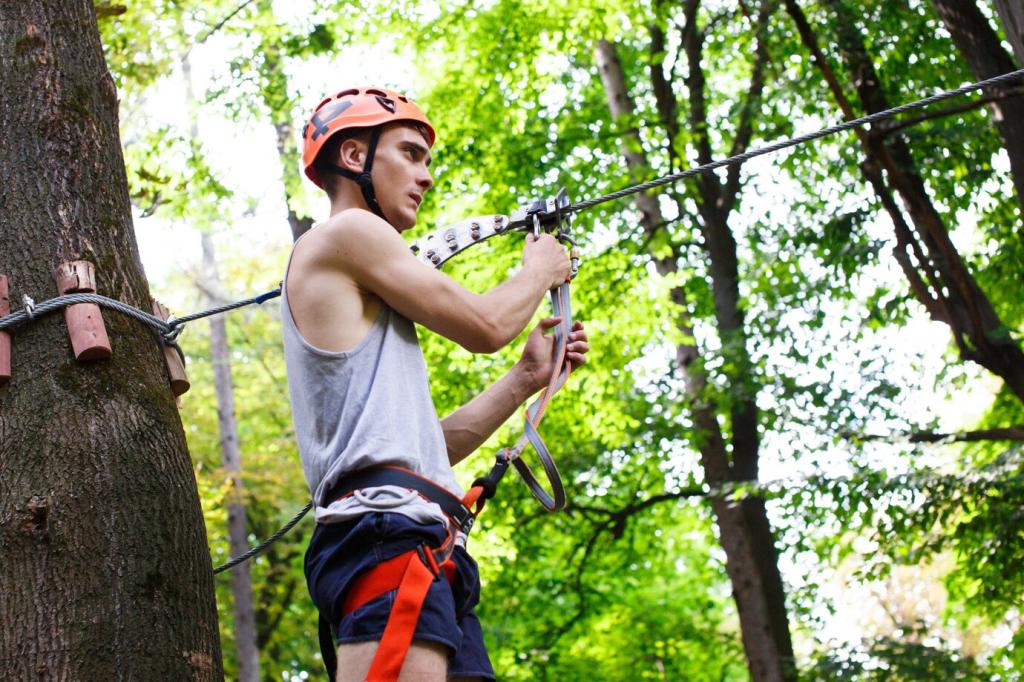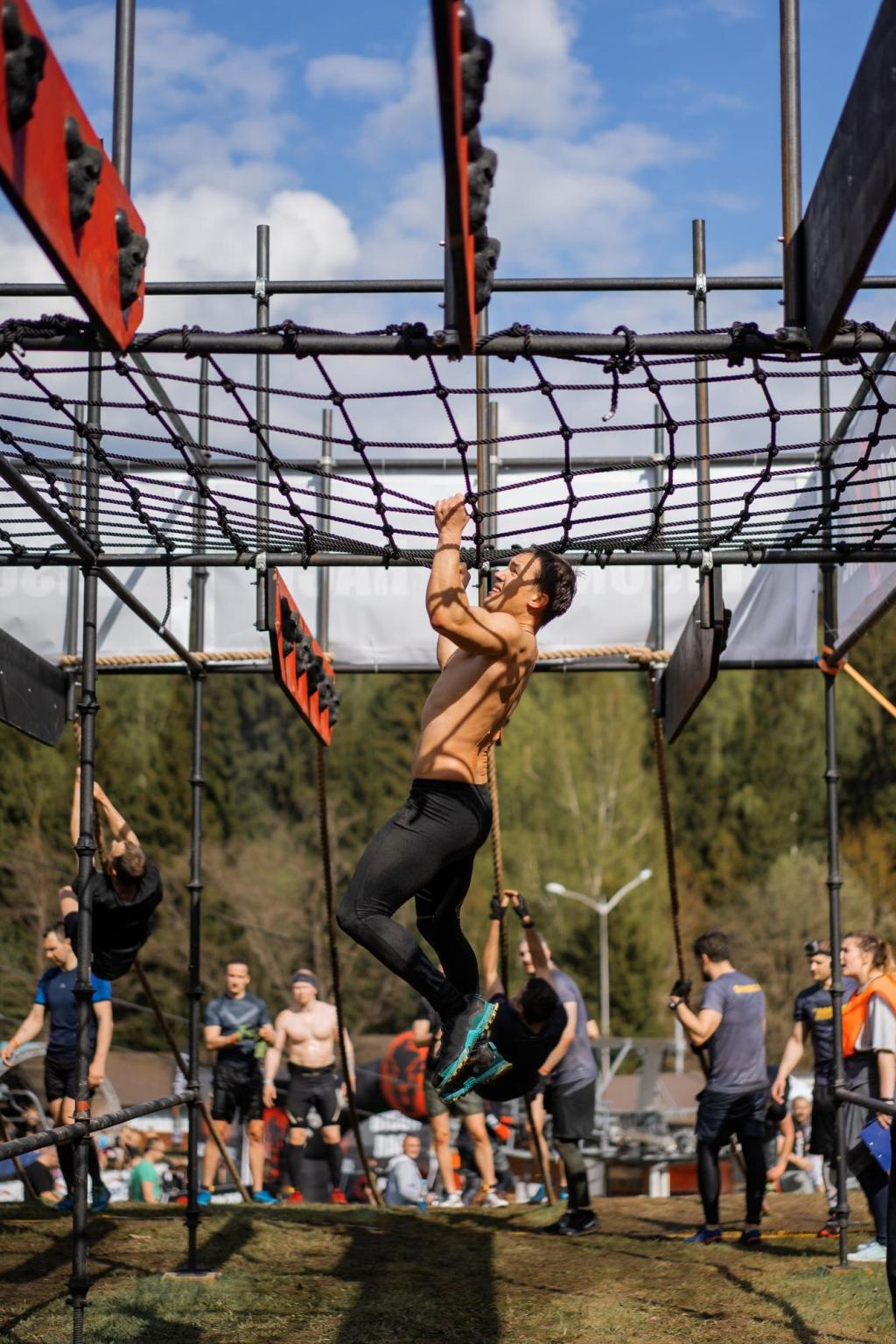Emergency Signal Techniques in the Wilderness
Chosen theme: Emergency Signal Techniques in Wilderness. Learn clear, proven ways to be seen, be heard, and be found when every minute matters. Explore field-tested methods, real stories, and practical drills—then join the conversation and subscribe for weekly exercises that sharpen your rescue-ready skills.
The Rule of Three and Universal Distress Signals
Three of anything—three whistle blasts, three flashes, three signal fires—communicates distress. Space your signals evenly so they stand out from random noise. If possible, repeat the pattern after a short pause, then conserve energy. Consistency is crucial, because search teams are trained to notice clear, repeating triads from great distances.
Visual Signaling: Mirrors, Panels, and Ground-to-Air Codes
A palm-size mirror can throw a flash over ten miles on clear days. Aim by creating a V with your fingers or using a sighting hole, then “paint” the aircraft or ridge with quick sweeps. A backpacker in the desert was spotted after sweeping a mirror across a circling plane—proof that a tiny tool can make a massive difference.
Visual Signaling: Mirrors, Panels, and Ground-to-Air Codes
Lay out big, blocky symbols—an X for “need help,” an arrow to indicate direction—using bright panels, rocks, or branches. Make letters at least three body lengths tall for aircraft visibility. Contrast is king: dark on snow, light on forest floor. If you have space blankets, their reflective shine boosts visibility dramatically from above.



Whistles carry farther than a tired voice and don’t shred your throat. Pealess models work in cold and wet, and tritone designs cut through wind. Deliver three clear blasts, pause, then repeat. A guide once located a client in dense timber after counting steady triads that rose above a river’s roar like clockwork.

Sound behaves strangely in canyons and forests, bouncing or vanishing with the wind. Climb a small rise, face open terrain, and signal across valleys, not into them. If gusts steal your blasts, wait for lulls and repeat. Keep the cadence identical so teams triangulating your position can map direction and distance more accurately.

No whistle? Clap, bang trekking poles, or strike a rock against metal cookware. Create three crisp notes with similar spacing, then rest. Avoid random banging that blends into ambient noise. Record your rhythm in a notebook so you can replicate it under stress. Invite partners to practice alternating signals as a communication drill.
Clear a safe area, then build three small fires in a wide triangle, each about 25–30 meters apart. This geometric pattern reads as deliberate from the air. Prepare tinder bundles in advance to relight quickly. A pair of canoeists were spotted at first light after keeping a neat triangle glowing through drizzle beside a windswept shoreline.
Signal Fires: Smoke by Day, Flame by Night
PLBs transmit on 406 MHz to the COSPAS-SARSAT system, alerting authorities with your GPS coordinates. They require registration but no subscription. Deploy with a clear view of the sky, extend the antenna fully, and stay put unless the situation demands movement. Many survivors were found swiftly because they carried a PLB even on short day hikes.
Tech Lifelines: PLBs, Satellite Messengers, and Smart Redundancy
Two-way messengers like inReach or ZOLEO let you send custom updates and receive instructions. Preload check-in messages and emergency contacts before trips. Keep devices warm to protect battery life, and mount them high on your pack for better signal. Share your preset message strategy in the comments to help others fine-tune theirs.
Tech Lifelines: PLBs, Satellite Messengers, and Smart Redundancy
Stand Out: Contrast, Movement, and Clear Information
Movement attracts attention. Wave a bright jacket on a trekking pole, flutter a space blanket, or spin a panel slowly. Alternate stillness with deliberate motion so spotters can lock on. Tie flagging to branches around camp to create a shimmering halo that reads as human activity, not random wilderness glitter.


Stand Out: Contrast, Movement, and Clear Information
Create obvious markers: rock arrows, stick letters, and bright cloth on branches. Leave notes in a zip bag with time, direction of travel, and medical concerns. If you must move, mark intervals consistently so teams can follow. One lost hiker wrote times on leaves with a marker, turning the forest into a breadcrumb trail of facts.
Train Before Trouble: Drills, Kits, and Trip Signal Plans
Simulate scenarios: mirror flashes to a partner on a ridge, whistle patterns across a meadow, light signals after dusk. Time how long it takes to notice each method from different distances. Rotate roles and take notes. The habits you build at home bloom into calm, efficient signaling when the stakes become real.

